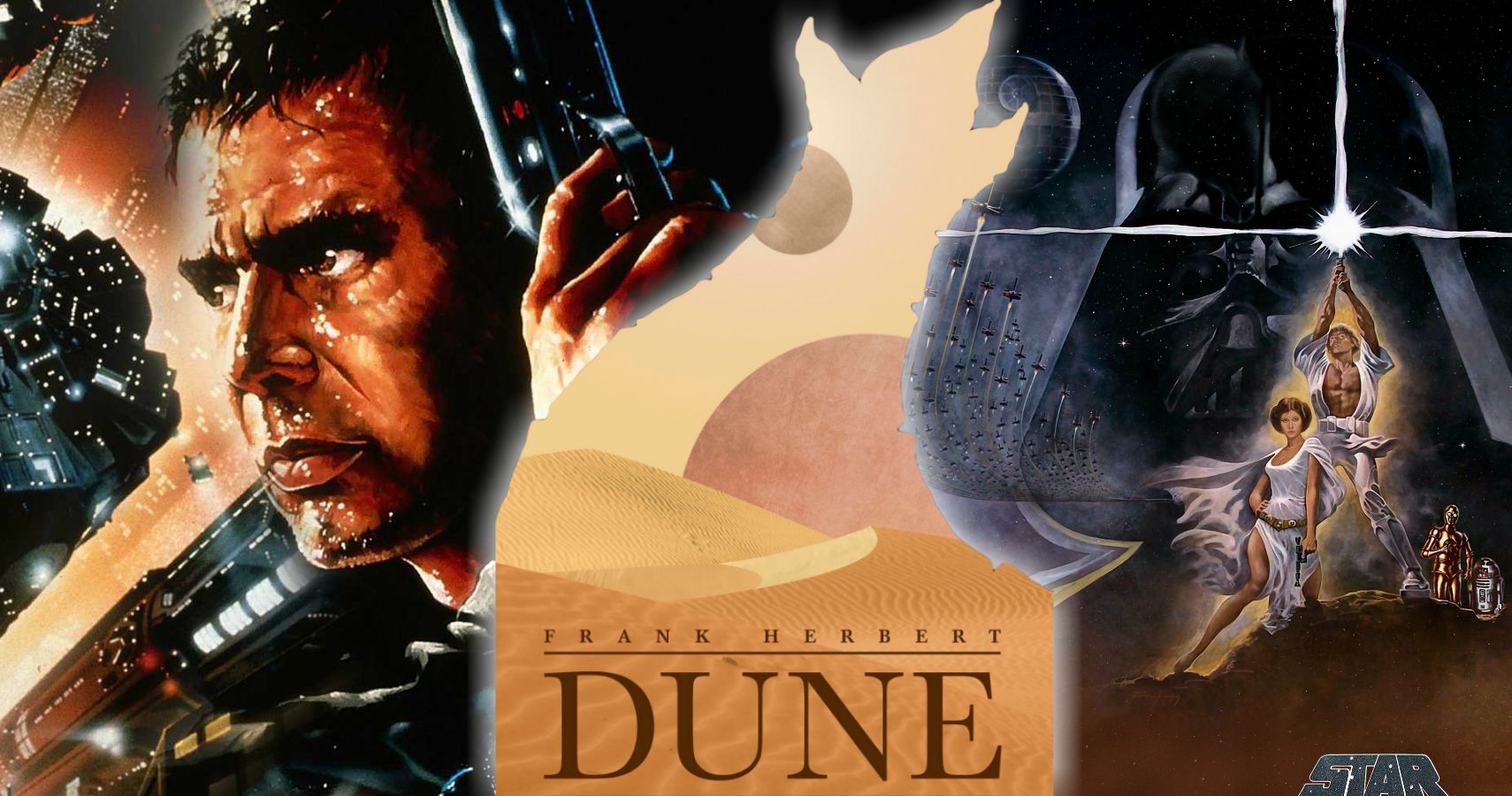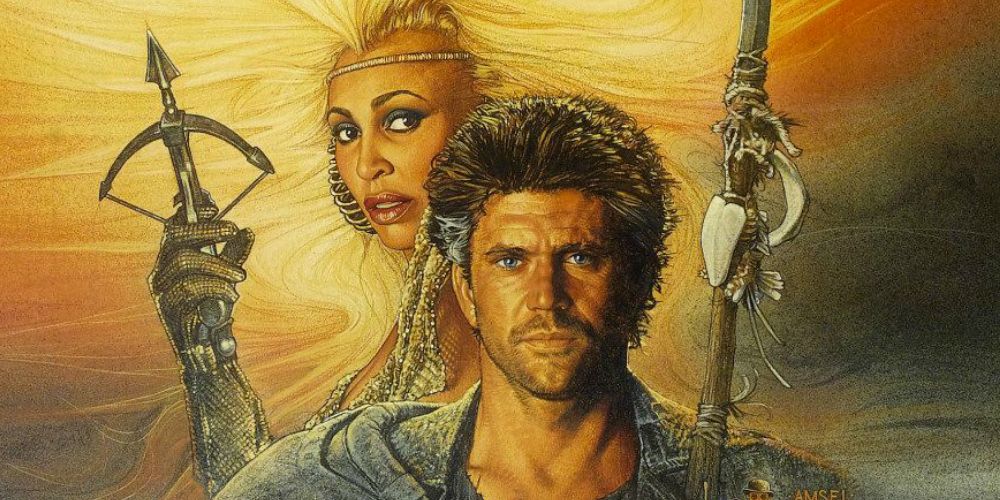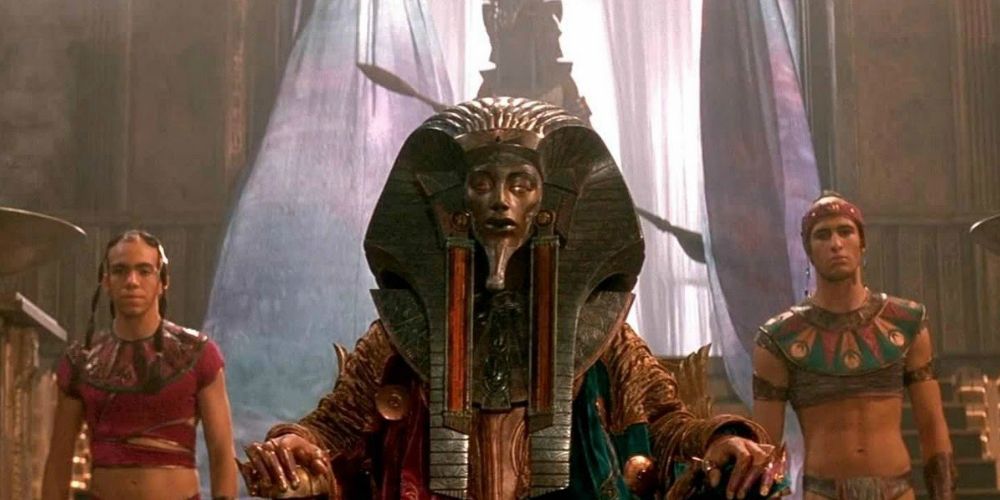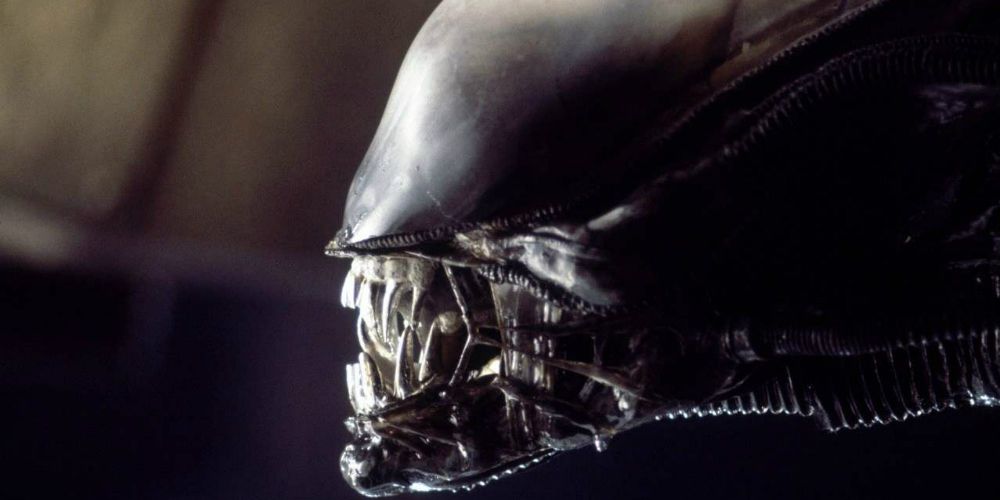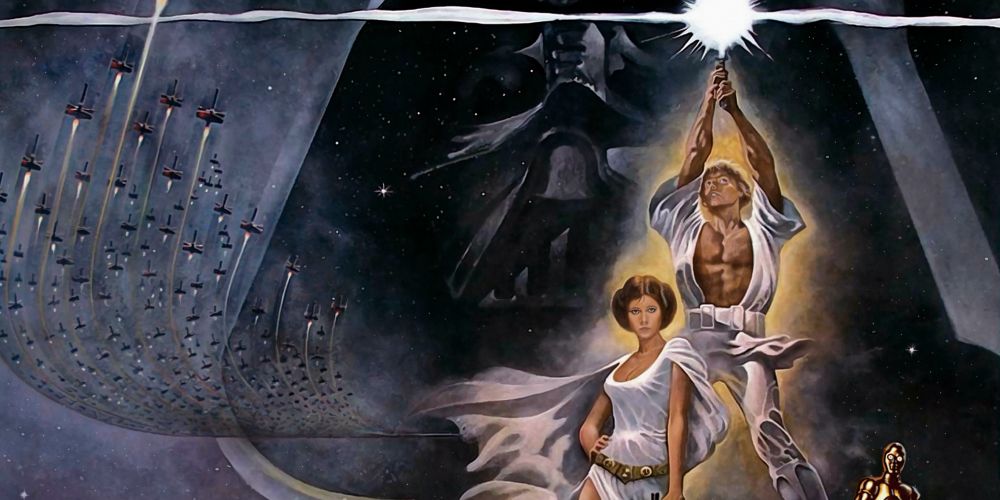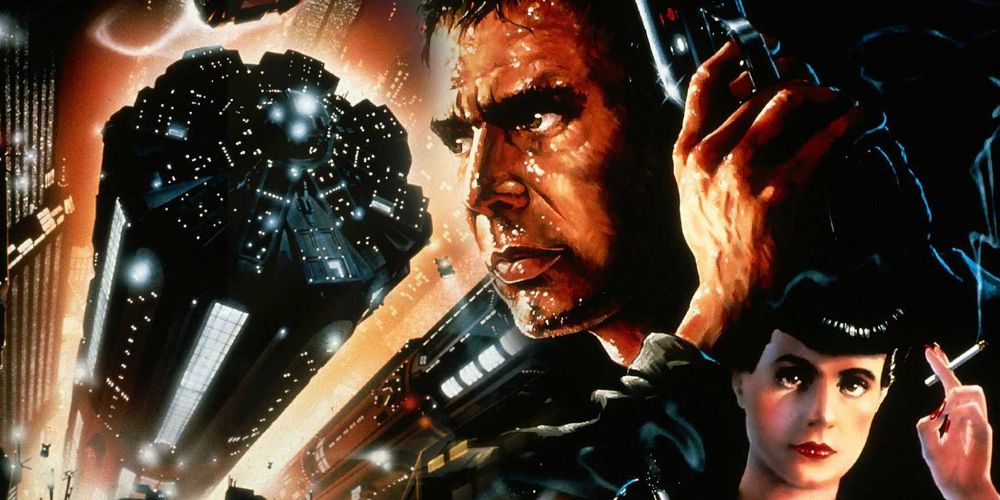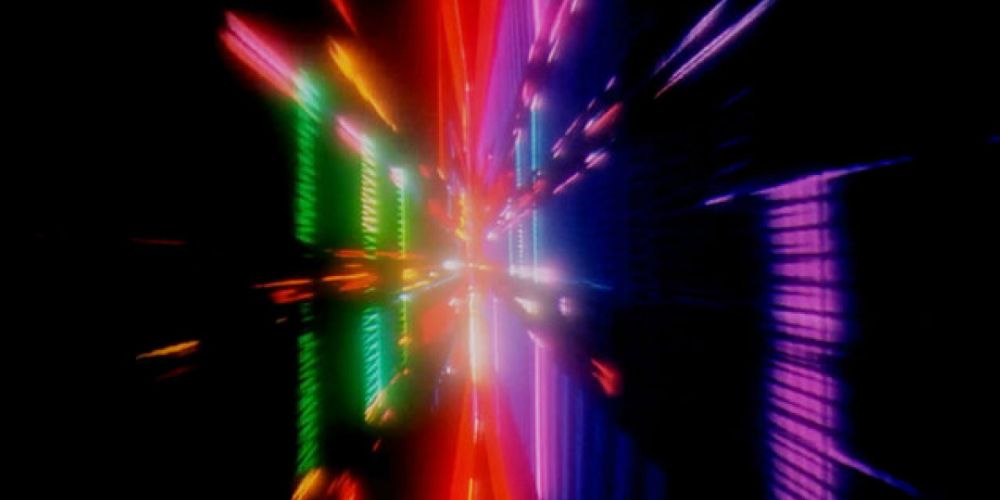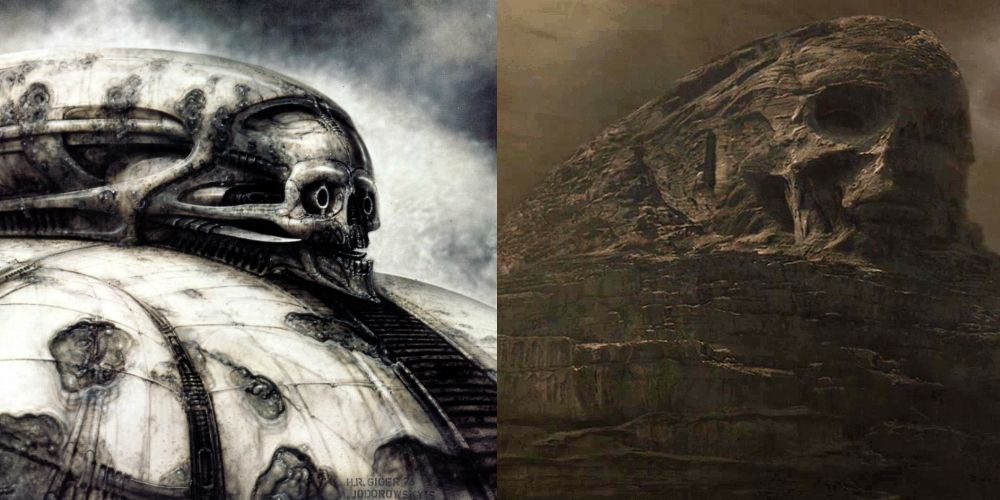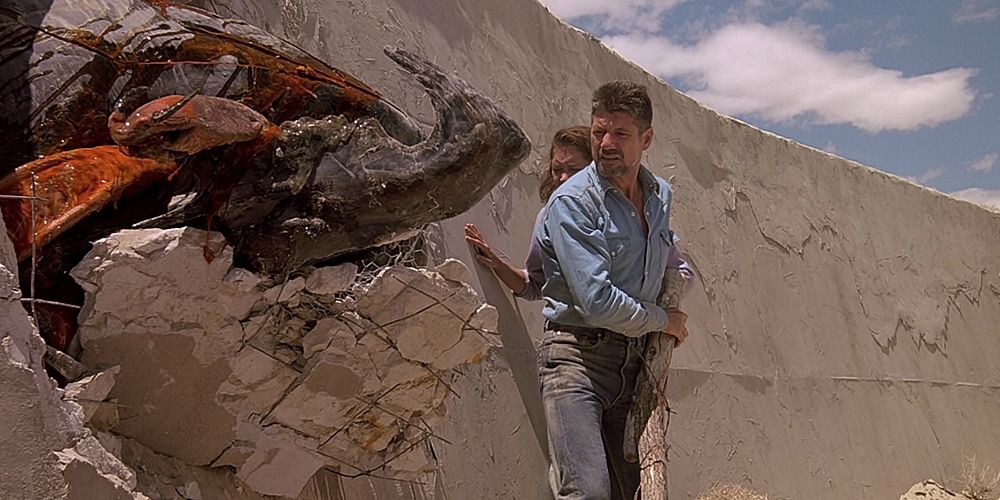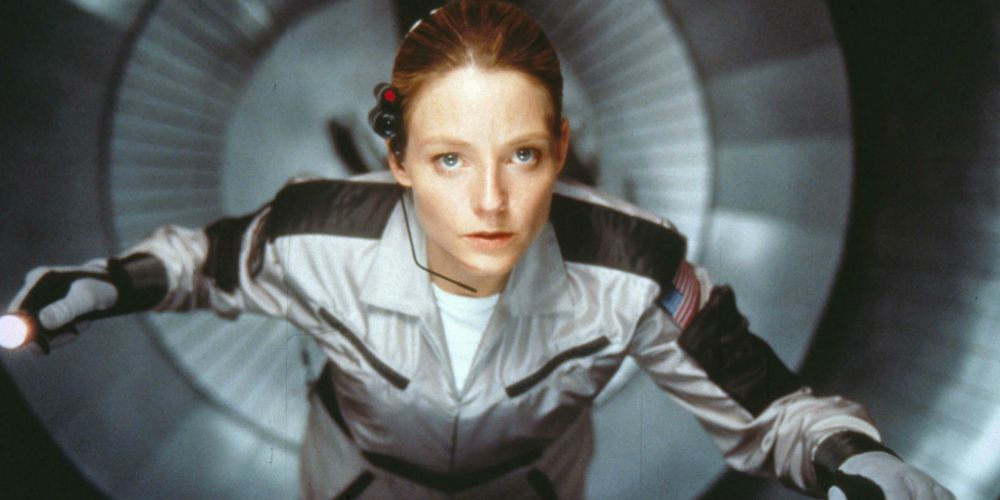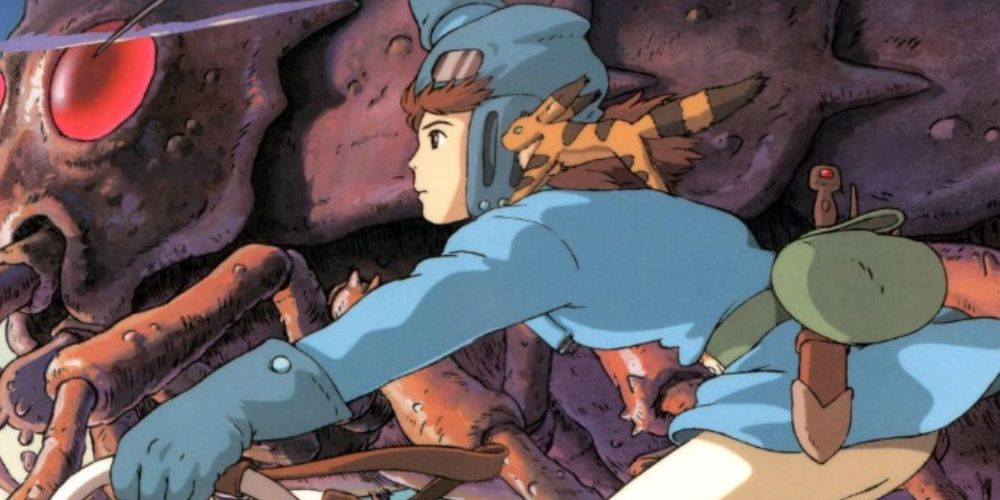Frank Herbert's Dune is massive in its scale and imagination, exploring some of the most important themes of modern humanity. Thematically, the book's ideas range from politics, environmentalism, religion, and boils all of those ideas down to depicting the failures of leadership and the importance of collective action.
The echoes of Frank Herbert's Dune can still be heard in sci-fi today, not just in the realm of literature, but also in the film industry, whether that's in terms of theme, setting, or even just the repurposing of ideas used in attempted film adaptations. The DNA of Herbert's monumental story is all over sci-fi films of the past 50 years.
Mad Max Beyond Thunderdome (1985)
Mad Max Beyond Thunderdome isn't nearly as high concept as Dune's source material. However, there are similarities between Max's characterization in this film and Dune's Paul Atreides. Both are characterized as messianic figures navigating harsh desert conditions.
Beyond Thunderdome being the third time around for Max, the film didn't capture audiences or critical acclaim as much as some of his other adventures. Nonetheless, watching it and looking for Dune parallels adds an interesting point of view.
Stargate (1994)
Dune's influence on 1994's Stargate isn't just the fact that it's a desert sci-fi (although that is a popular sci-fi aesthetic that Dune certainly influenced). There are also thematic similarities between Dune and Stargate.
Firstly, Dune as a series is very much concerned with how civilizations across the galaxy are shaped by outside forces and machinations. Throughout the Dune saga, the effects of leadership and meticulous planning ripples across thousands of years. In Stargate, a similar intergalactic influence is depicted, though it is firmly rooted on Earth — a much smaller scale than Dune. Stargate also has themes of revolt and overthrowing a dominant planetary regime, much like the first entry in the Dune series.
Alien (1979)
1979's Alien isn't directly influenced by Dune, but there is a strong cross-pollination between an attempted adaptation of Dune and H.R. Giger's design of the Xenomorph. Although Alien brought Giger's work to prominence, it was not his first foray into the realm of concept design for sci-fi films.
Before working on Alien, Giger was heavily involved in an attempted adaptation of Dune directed by Alejandro Jodorowsky. There is a solid chance that if Dune never existed, Giger's artwork would have far removed from the film industry, and movie-goers would have never seen the glory of the Xenomorph in Alien.
Star Wars (1997)
Dune's influence on Star Wars is one that's been acknowledged by several sci-fi writers upon the film's release, including Frank Herbert himself. A sci-fi about an evil empire, partially set on a desert planet, lead by the archetypal young chosen one. But Star Wars' Dune qualities go deeper than just mythological tropes.
The most obvious influence comes in the form of the force, which is very similar to the abilities of the Bene Gesserit sisters of Dune. While their abilities are rooted more in evolution than magic, the final result is incredibly similar to the force. Most notably, The Bene Gesserits have the power of Voice, which allows them to control others through the use of specific vocal tones.
Blade Runner (1982)
As the father of all things cyberpunk, Blade Runner is a very different brand of sci-fi from Dune. Nonetheless, it is another example of a film that was strongly influenced by Jodorowsky's attempt to adapt Dune for the big screen back in the 1970s.
Along with many other legendary sci-fi artists, Jodorowsky recruited legendary Heavy Metal Magazine illustrator Moebius for his film's concept art. Though Jodorowsky's Dune never escaped pre-production, Moebius' work ended up influencing the future of legendary sci-fi films. Specifically, Moebius' artwork for The Long Tomorrow was the primary visual reference for the architecture of Blade Runner's Los Angeles.
2001: A Space Odyssey (1968)
Psychedelia mixed with sci-fi was bound to happen in the 1960s, however, Dune certainly beat 2001: A Space Odyssey to the punch in that department. Although 2001 doesn't feature any powerful space drugs like Dune, 2001 indulges in a similar blend of cerebral psychedelic visuals in a sci-fi setting.
The stargate sequence from 2001 is especially reminiscent of some of Paul Atreides' visions throughout his adventures in Dune. Themes of millennia-spanning human evolution are another similarity between Dune and 2001. With that said, perhaps this is less an example of Dune's influence and more an indication of popular cultural ideas during the 1960s.
Prometheus (2012)
H.R. Giger's concept art for Jodorowsky's Dune didn't die in pre-production like the film itself. His designs for the Harkonnen palace (which does not appear in the original novel) were later repurposed almost exactly for Ridley Scott's 2012 Alien prequel, Prometheus.
Giger's design for the Harkonnen palace is too good to never be seen on the big screen. Today, his artwork is synonymous with the world of Alien. As an ancient pyramid, the Harkonnen palace adds a great sense of texture to the setting of Prometheus.
Tremors (1990)
Tremors is a 1990 comedy sci-fi/horror film with some obvious similarities to Dune, despite its modest budget. Starring Kevin Bacon and Fred Ward, the film follows a small desert town terrorized by monster worms who hunt humans from below the ground.
Dune's sandworms, though colossal in scale, are rather similar to the monsters in tremors. They're detected by seismic disruptions in the ground and they eat anything that treads over their territory. Unfortunately, there's no instance of riding a city-sized worm into battle against a warring empire in this film.
Contact
Jodorowsky's Dune was set to open with what would have been the most ambitious scene ever attempted up until the 1970s. The opening would have been one long shot drifting through space, depicting the entire galaxy until finally coming onto the planet where the story takes place. The opening shot was meticulously pre-visualized by Jodorowsky and Mobius in the pre-production storyboard.
This idea was perhaps impossible to pull off back when Jodorowsky's Dune was set the be made. It would take nearly 30 years for this concept to see the light of day in Robert Zemeckis' 1997 film Contact. The film opens in almost the exact same way that Dune was intended to open.
Nausicaä of the Valley of the Wind (1984)
Even Studio Ghibli was influenced by the epic that is Dune. Miyazaki's Nausicaä of the Valley of the Wind takes place in a post-apocalyptic world covered in giant insects, not unlike the sandworms of Dune.
Miyazaki's influences are wide-ranging for this project. In terms of Dune's influence, the film features heavy themes of colonization depicted through a powerful empirical force attempting to control nature by destroying a jungle full of massive insects. Although Herbert's Dune is exceptionally lacking in jungles or fauna, the themes of environmentalism and colonization are a clear influence on Nausicaä of the Valley of the Wind.

